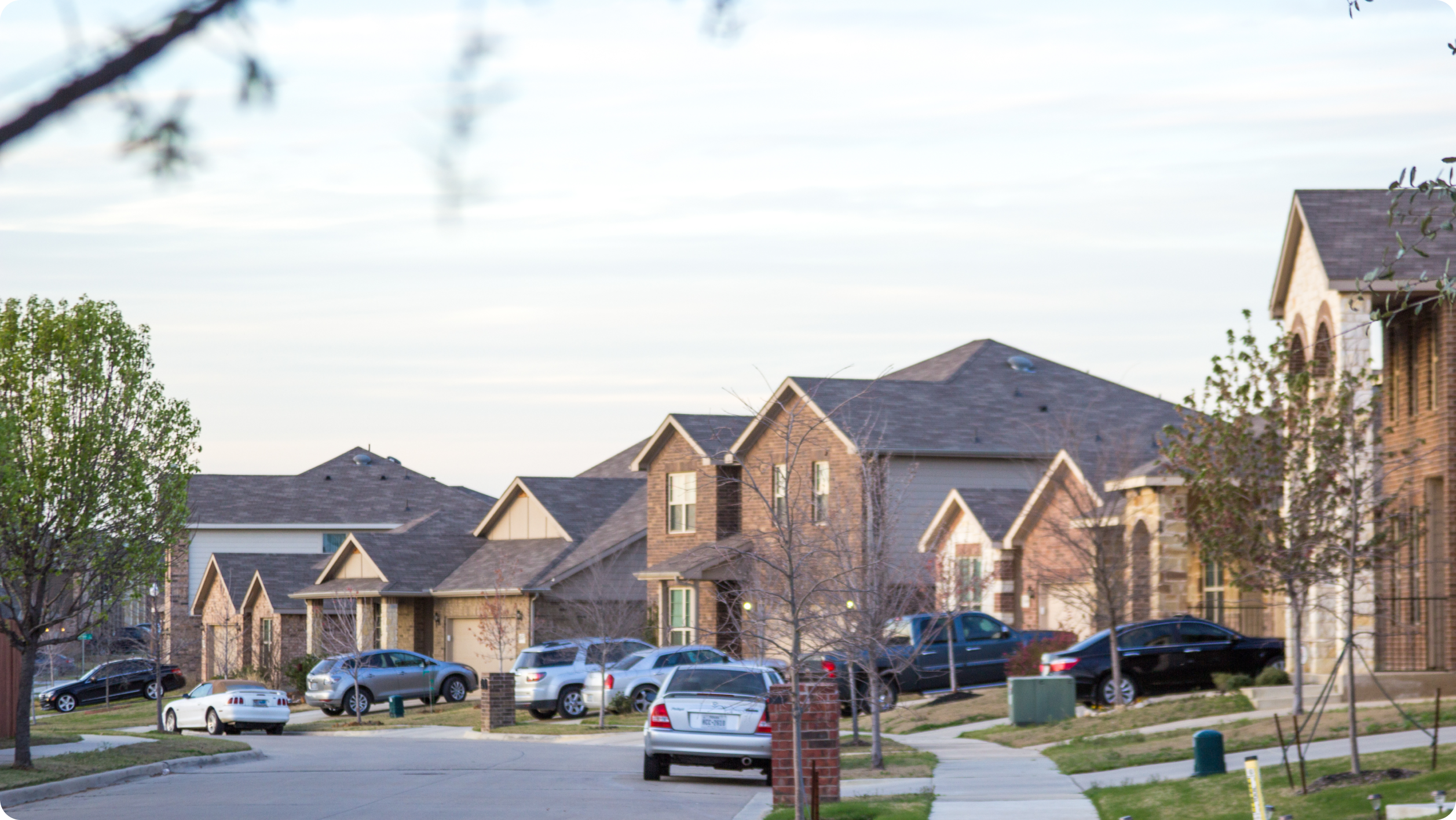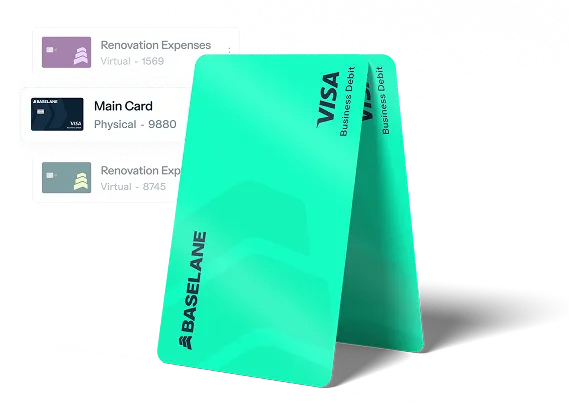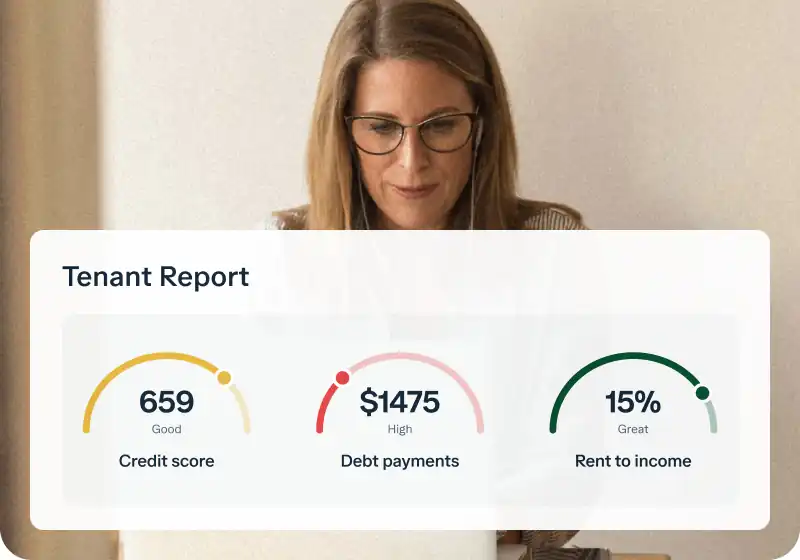Managing a homeowners association (HOA) involves many responsibilities, from day-to-day operations to long-term planning. A critical component of responsible HOA management is the homeowners association reserve fund. This fund is essential for covering significant repair and replacement costs that arise over time for common elements within the community.
Understanding the requirements, best practices, and management strategies for your HOA reserve account is crucial for financial stability, protecting property values, and avoiding unexpected costs for homeowners as we look toward 2025.
Key takeaways
- An HOA reserve fund is separate from operating funds and covers major, infrequent repair or replacement projects.
- Adequately funded reserves prevent special assessments and help maintain property values.
- A professional reserve study is key to determining accurate funding levels and project timelines.
- Some states have specific HOA reserve fund requirements regarding studies and funding disclosure.
What is an HOA reserve fund?
A homeowners association reserve fund is a financial pool designated specifically for the repair and replacement of major common area components. Think of shared roofs, elevators, pools, roads, and HVAC systems in common buildings. These items have finite lifespans and require significant capital to maintain or replace when they wear out.
The purpose of this fund is to proactively save for these future, predictable, large expenses rather than reacting with sudden, large cash calls from homeowners. This differs significantly from an HOA's operating fund, which covers regular, recurring expenses like landscaping, utilities, and administrative costs. Maintaining a dedicated fee-free bank account is vital for separating these funds.
Understanding HOA terms
Here are some HOA terms you should know.
- HOA reserve fund/building reserve fund/capital reserve fund/condominium reserve fund: These terms are often used interchangeably, especially in condominium associations. They refer to funds set aside for major repairs or replacements of common elements.
- Cash reserve fund: A general term for funds set aside for future needs or emergencies. In an HOA context, the reserve fund is a specific type of cash reserve.
- Emergency reserve fund: May be separate from the main reserve fund. Intended for unexpected events not covered in the reserve study (e.g., storm damage). Well-funded reserves often reduce the need for this.
- Reserve fund assessment: The portion of regular HOA dues allocated to the reserve fund. Based on the annual budget and reserve study recommendations.
- Special assessment: A one-time fee charged to homeowners when reserve funds are insufficient to cover a major, unplanned expense.
Why are healthy HOA reserves crucial?
Healthy reserves are essential for protecting both the HOA and its members by supporting long-term planning and minimizing financial risk.
- Prevent special assessments: Adequate reserves reduce the need for sudden, one-time fees when unexpected expenses arise.
- Maintain property values: Neighborhoods with well-funded HOAs see higher property values compared to underfunded communities.
- Long-term financial stability: Reserves allow for planned capital expenditures without disrupting operations.
- Avoid legal and safety risks: Sufficient funding ensures timely maintenance and reduces hazards from deferred repairs.
- Build homeowner confidence: Buyers and residents are more likely to trust and invest in a stable, well-managed HOA.
Properly managing the homeowners association reserve fund supports financial health, resident satisfaction, and long-term community value.
How much money should your HOA have in reserves?
Determining the appropriate HOA reserve fund amount depends on several factors, including community age, asset condition, and funding strategy. Here are the most common methods:
10% rule
A basic HOA reserves rule of thumb is to keep at least 10% of the annual operating budget in the reserve fund. This is also a requirement for FHA, Fannie Mae, and Freddie Mac loans, especially for condo reserve funds. However, this method doesn’t consider the unique maintenance needs or aging infrastructure of your community.
Percent funded method
This approach compares actual reserves to the total cost of future repairs, adjusted for asset life.
- 100% funded is ideal
- 70% + funded is considered strong and safe
This method offers a more accurate picture of your HOA’s capital reserve fund health.
The role of the reserve study
A reserve study outlines what your HOA must maintain, the cost to replace it, and when it will be needed. It helps determine the annual reserve contribution required to stay financially prepared.
- Update the study every three to five years
- Hire a qualified professional
- Use an HOA reserve fund calculator or software to run projections
Determining annual contributions
Annual contributions should follow the reserve study’s recommendations. This ensures your HOA stays ahead of capital expenses and avoids underfunding. It also helps guide budget planning and sets the reserve fund portion of homeowner dues.
State-specific HOA reserve fund requirements
HOA reserve fund requirements differ widely across the U.S. While federal guidelines apply to certain loan types, such as FHA, Fannie Mae, and Freddie Mac, which impact condo association reserve fund requirements, most reserve regulations are set at the state level.
As of late 2023, at least 12 states, including California, Florida, and Virginia, require HOAs and condominium associations to conduct a reserve study or maintain a reserve funding schedule. These laws often define how often reserve studies must be performed (typically every three to five years) and may specify how funds should be calculated, disclosed, or maintained.
Some states mandate reserve studies, while others only require disclosure, meaning the HOA must inform homeowners whether a study has been completed and explain the risks of underfunding.
To stay compliant and financially secure, HOA boards and property managers must follow HOA reserve fund best practices, consult state statutes, and review governing documents. Understanding the HOA reserve study requirements by state is essential to protecting your community’s long-term financial health.
Managing your HOA reserve fund account
Here’s how you should manage your HOA reserve fund account.
Separate reserve funds from operating funds
Always use a dedicated bank account for your reserve fund. This ensures transparency and keeps funds distinct from the operating budget. It follows the same logic as separating a landlord’s business finances or using a different bank account for Airbnb income versus long-term rentals.
Understand HOA reserve fund accounting methods
Choose the right accounting method to record transactions accurately:
- Cash method: Income is recorded when received; expenses are recorded when paid.
- Accrual method: Income and expenses are recorded when earned or incurred, regardless of cash flow.
- Modified Accrual: Common in non-profits; income is recorded when measurable and available, and expenses when incurred.
Maintain detailed records
Keep accurate documentation of all contributions, expenditures, and investment earnings from your HOA reserve fund. Good recordkeeping is essential, no matter which accounting method you use.
Use technology to streamline tracking
Leverage online digital banking platforms and property management software to track transactions. Tag income and expenses by property or reserve category. Tools used for the best way to track rental income can be adapted to track HOA dues allocated to reserves.
Automate bill payments and utilities
Use automation features like automated bill pay and utility bill management software to manage both operating and reserve expenses. This helps ensure transparency, accuracy, and fewer manual errors.
Support transparency and reporting
Digital tools simplify reporting and help HOA board members stay organized. Clear records also build homeowner confidence and support financial accountability.
Know what is a good HOA reserve fund
A good reserve fund is well-funded, clearly separated, and properly documented. Following HOA reserve fund best practices and using modern financial tools ensures long-term financial health for your community.
Where to keep and how to invest HOA reserve funds
Reserve funds must stay safe and accessible. Use dedicated accounts, not transactional checking, to separate reserves from operating budgets and earn interest.
Choosing the right account type
- Business savings or money market accounts are preferable for reserves. So, make sure you choose the right bank account.
- High-yield online savings accounts offer competitive Annual Percentage Yield (APY) while keeping funds liquid and secure. Learning how to get a high-yield savings account tailored for business or association funds can help maximize cash reserves.
Low‑risk investment options
Prioritize capital preservation over speculation. Suitable choices include FDIC-insured deposit accounts, U.S. Treasury securities, or low-risk money market funds. Always check the HOA governing documents for allowed investments.
Balancing liquidity and growth
- Keep some reserves in highly liquid accounts for emergencies.
- Other portions can be placed in slightly less liquid, higher-yield options based on the timing of upcoming capital needs.
Using sub‑accounts for the organization
Choose banks that support multiple sub-accounts, e.g., separate buckets for roof repairs or paving. This setup improves transparency and aligns with HOA reserve fund best practices.
Baselane offers unlimited checking and savings sub‑accounts for HOAs and multiple other real estate entities under one login. You can maintain separate savings accounts for operating funds, reserve funds, and capital projects, all with competitive APY and no monthly fees.
How much reserves should an HOA have?
Holding reserves in the right accounts, maximizing yield, maintaining liquidity, and minimizing fees is a key part of answering how many reserves an HOA should have. Properly managed and well-funded reserves support long-term financial health, transparency, and community trust.
Here is a comparison of top banking options for HOA reserve funds:
Consequences of underfunded reserves
Ignoring the recommendations of a reserve study or consistently underfunding the homeowners association reserve fund can lead to severe consequences. The most immediate impact is the increased likelihood of needing a reserve fund assessment or special assessment. These assessments can be financially burdensome for homeowners, potentially costing thousands of dollars per unit without much warning.
Moreover, underfunded reserves often result in deferred maintenance. This can cause common area components to deteriorate faster, leading to more costly repairs down the line.
Beyond financial strain, underfunding can also decrease property values within the community. Potential buyers and lenders scrutinize the financial health of an HOA, and a poorly funded reserve account is a major red flag. Legal issues can also arise if the board fails to maintain common areas adequately, potentially leading to lawsuits from homeowners or injuries due to neglected property.
Open a high-yield HOA reserve fund with Baselane
Managing a healthy reserve fund for HOA starts with the right reserve account. Baselane offers dedicated sub-accounts to separate reserves from operating funds and high APY, allowing your reserve funds to grow while remaining easily accessible. With automated balance transfers (great for maximizing reserves), bill payments, expense tracking, and spend controls, Baselane makes it simple to manage and allocate HOA finances securely and efficiently. Get started for free today.
FAQs
What is a reserve fund account?
A reserve fund account is a separate financial account established by an HOA or condominium association to save money for the future repair and replacement of major common area components like roofs, pavement, or pools.
What are the reserve funds for a homeowners association?
These are funds specifically collected from homeowner dues and set aside to cover anticipated large, non-recurring expenses related to maintaining, repairing, or replacing common elements in the community.
How much should you have in a reserve fund?
While a basic rule of thumb suggests 10% of the annual operating budget, the most accurate amount is determined by a professional reserve study, with a goal of being at least 70% to 100% funded relative to future needs.
What is the difference between the HOA operating fund and reserve fund?
The operating fund covers daily, recurring expenses (landscaping, utilities), while the reserve fund is for large, infrequent capital projects (roof replacement, road resurfacing). They should be kept in separate accounts.
Can reserve funds be used for regular maintenance?
Generally, no. Reserve funds are strictly for major repairs and replacements identified in the reserve study, not routine operational expenses or regular maintenance tasks.
Does HOA pay property taxes?
A common question related to HOA finances is whether the association itself pays property taxes. Generally, a homeowners association does not pay property taxes on the common areas it owns. Property taxes are typically assessed on individual properties owned by homeowners within the association. The cost of maintaining common areas, including capital reserves, is covered by the dues paid by homeowners, who are already paying property taxes on their units or lots.

















